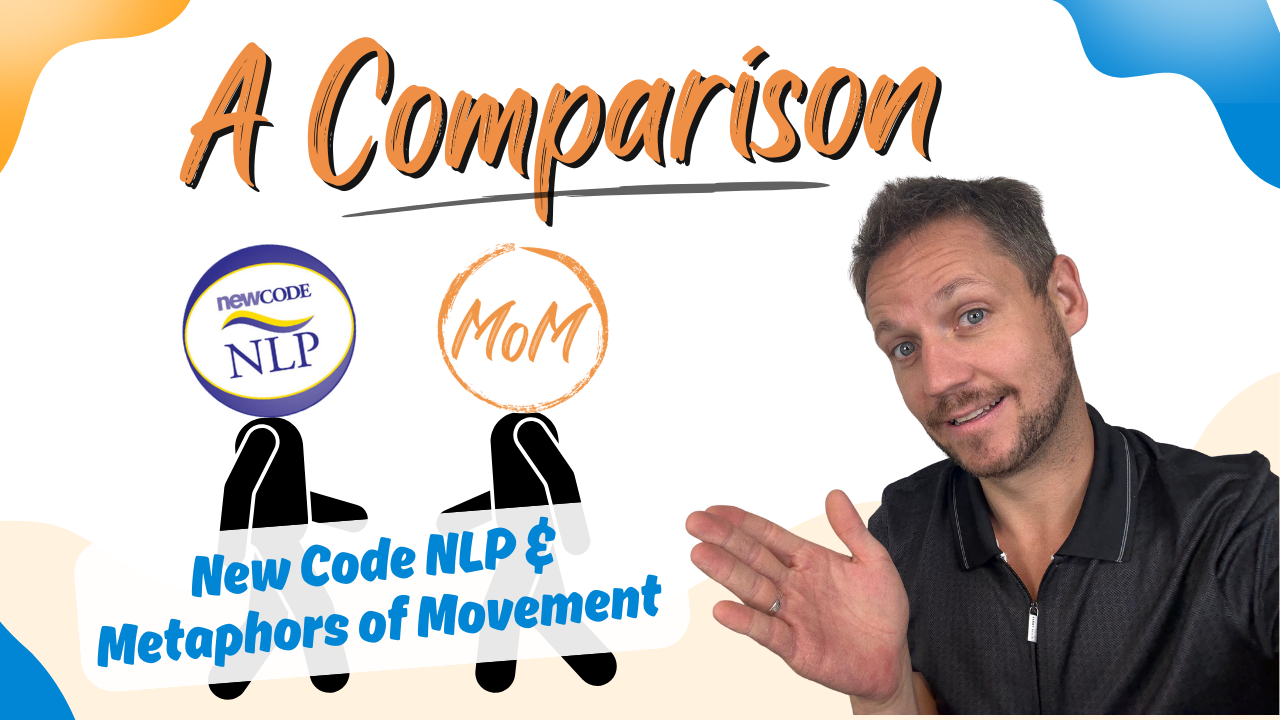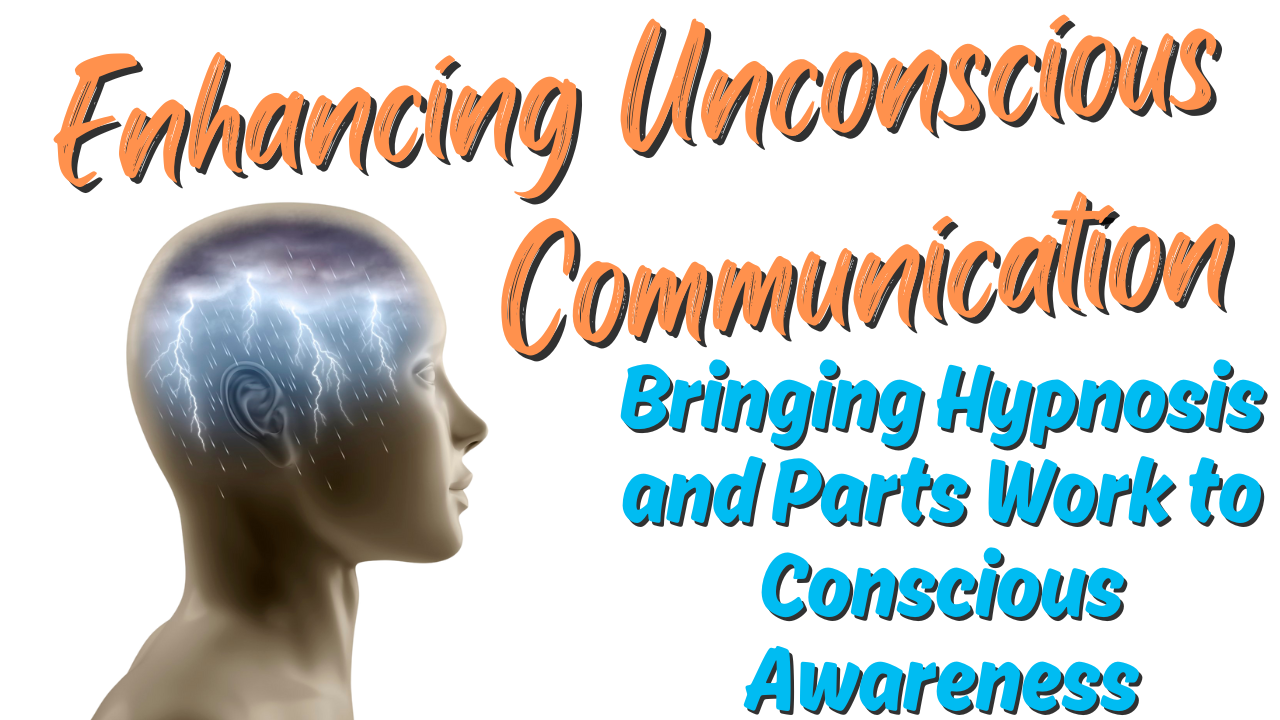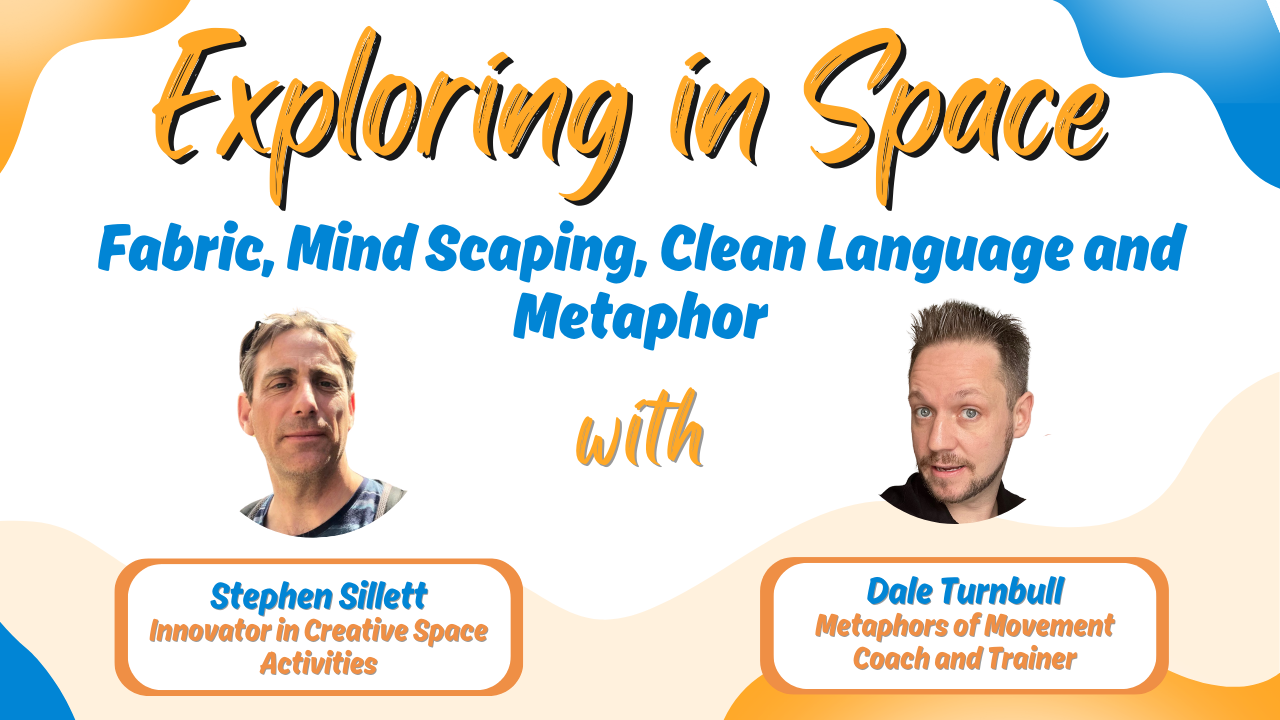What is Metaphors of Movement?
This article answers the question: What is Metaphors of Movement? And it explore how Coaches and Therapist can use Metaphors of Movement for change.
What is Metaphors of Movement?
The "unconscious" or non-dominant hemisphere of our brain is abstract by nature. It operates in the realm of sensations and imagery, and because of this, we often lack the ability to express what’s going on unconsciously in clear and coherent ways.
Since this is the backbone of Metaphors of Movement work, you can imagine it might be a challenge to articulate in a way that’s easy to conceptualize. Some might say it’s like describing all the elements, components, and processes of the software, hardware, and computer code from the screen you're reading this off.
As a Metaphors of Movement Trainer, I’m often asked, “What is Metaphors of Movement?” and I have a few different ways I like to respond:
- Describing how it's valuable for self-application and client work.
- Offering analogies to help people grasp what this work actually is
- Talking about the history and context to this modality.
- Explaining the core priciples and how it differes from others approaches
- Directing people to where they can explore it for themselves
In this article I aim to answer all of the above quickly an succinctly, with the intention of giving you a clear sense of what Metaphors of Movement is and how it works.
Why Metaphors of Movement Valuable for Self Application and Client work
Metaphors of Movement is an effective way of looking at any problem, issue or situation under a differenet lens of experience. We are all filtering out information everyday in order to understand our experience and Metaphors of Movement works to shine a light on a whole area of experience that is outside our view.
The key way Metaphors of Movement is useful:
It can be used in ANY context
Given that Metaphors of Movement can help us gain clarity, understanding and insight of our experience, it can be applied in and context we choose. This can include emotional challenges, unwanted behavioral, whole areas of life and more. If you can identify what you want to work be it verbally or non-verbally, you can use Metaphors of Movement.
It is a "reality focused"
This means it's not problem or solution focus therapy. It's aim is to give the clients greater understanding of where they are "actually" are regarding their problems and challenges. This can open up a space for clients to start thinking differently about where they are at and start taking steps to do things differently, or not.
It gives clarity and insight
Many clients struggle to put their internal experiences into words. They may lack the language to effectively express what they are thinking, feeling, or experiencing. Metaphors of Movement helps clients articulate their inner world, bringing clarity, insight, and self-awareness.
It tells the Therapist A LOT about the client.
Our unconscious mind stores and processes vast amounts of information. This approach works directly with that unconscious material. With just a small amount of input, the therapist can gain deep insight into what's blocking the client, whether a goal is even achievable, and much more.
works directly with that unconscious material. With just a small amount of input, the therapist can gain deep insight into what's blocking the client, whether a goal is even achievable, and much more.
It can be content free
For the therapist, this means they don’t need to hear the client’s full story or explanation of events, something that can often deepen the client’s attachment to their problem. For clients who don’t wish to share personal details, it can be liberating not to have to verbalize what happened to them.
It's effective with logical or highly cognative clients
Because it bypasses the conscious, analytical mind, Metaphors of Movement is particularly powerful with clients who try to control sessions or who are overly focused on figuring out what the therapist is doing. It helps them connect with deeper, more instinctive parts of themselves.
Here is a Analogy for you...
Metaphors of Movement is like taking all the puzzle pieces of a problem out of the client’s mind and laying them out on the table, clearly, and without judgment.
Then instead of the client only seeing the edges, or the outline of their experience, the practitioner helps the client to see how the pieces connect. Given the client a clearer representation of their situation.
With this fuller and more complete picture, the client can take steps and explore what they could do next.
What is the History of Metaphors of Movement?
Metaphors of Movement was created and developed by Andrew T. Austin, with its origins tracing back to around 2009. Andrew comes from a diverse background that includes healthcare, neurology, NLP, and involvement with various esoteric groups and societies.
He is also the developer of Integral Eye Movement Therapy IEMT (more info) a method designed to help clients process problematic emotions, traumatic memories, and issues related to identity.
As Andrew continued working with clients, he began noticing that much of the material emerging was metaphorical in nature. This observation became the seed from which Metaphors of Movement grew.
To find out more about the inception of Metaphors of Movement here is an Interview with Andew and I discussing just that:
What Are the Underlying Principles of Metaphors of Movement, and How Does It Differ from Other Modalities?

Metaphors of Movement is built around two core principles.
Firstly, it's about creating understanding and integration between the dominant (conscious) and non-dominant (unconscious) hemispheres of the brain. The Metaphors of Movement practitioner essentially acts as the corpus callosum, serving as a bridge that helps translate unconscious experience into language the conscious mind can understand.
Secondly, it's about getting the client moving and taking action, wherever that’s possible within their experience.
This means Metaphors of Movement does not focus on:
-
The client’s story (i.e., what happened)
-
The client’s emotions or how they feel physically
-
The client’s belief systems
Instead, it works with the client’s mental space. To give you an idea of what this means: if I asked you to imagine a dog, you would likely form a mental image or have a sense of where that dog is located in relation to you. This is known as Mental Space Psychology.
Metaphors of Movement operates within the realm of autogenic metaphor that is, metaphor generated naturally and internally by the client. All the metaphorical structures explored during the process arise organically from the client, with no content imposed by the therapist.
What’s refreshing and dare I say powerful about this is that we, as humans, naturally protect and stand by our autogenic representations of reality.
What does that mean in practice?
Remember the dog I asked you to imagine earlier? It wasn’t rainbow-colored, was it? (If it was fair play, maybe take that as a sign of the multicolored nature of your soul!) But let’s say I insisted the dog was pink, purple, green, and brown, you would likely resist that suggestion. You’d correct me. You’d defend your internal representation.
This is what makes autogenic metaphors so useful:
Not only is it generated entirely the client, but it also can’t be easily distorted or overridden by someone else. As a therapist, I can’t impose my frame onto your metaphor without you pushing back.
That’s why Metaphors of Movement is such a powerful way of working it deals directly with the pure, undistorted perception of the client’s reality.
Where can I Learn More about Metaphors of Movement?
There are many ways to learn Metaphors of Movement. A variety of trainers offer workshops—some run online, others in person.
If you’d like to see when my next Metaphors of Movement training is happening, you can find the details here:
👉 My Upcoming Trainings
For other training events offered by different trainers around the world, check out the official event listings here:
🌍 Metaphors of Movement Global Events
Where can I see Metaphors of Movement in Action?
To see move Metaphors of Movement content from demos to session breakdowns check on my Metaphors of Movement USA an Friends Youtube Channel.
#MetaphorsofMovement #whatismetaphorsofmovement #andrewtaustin #metalspacespychology
.png)


